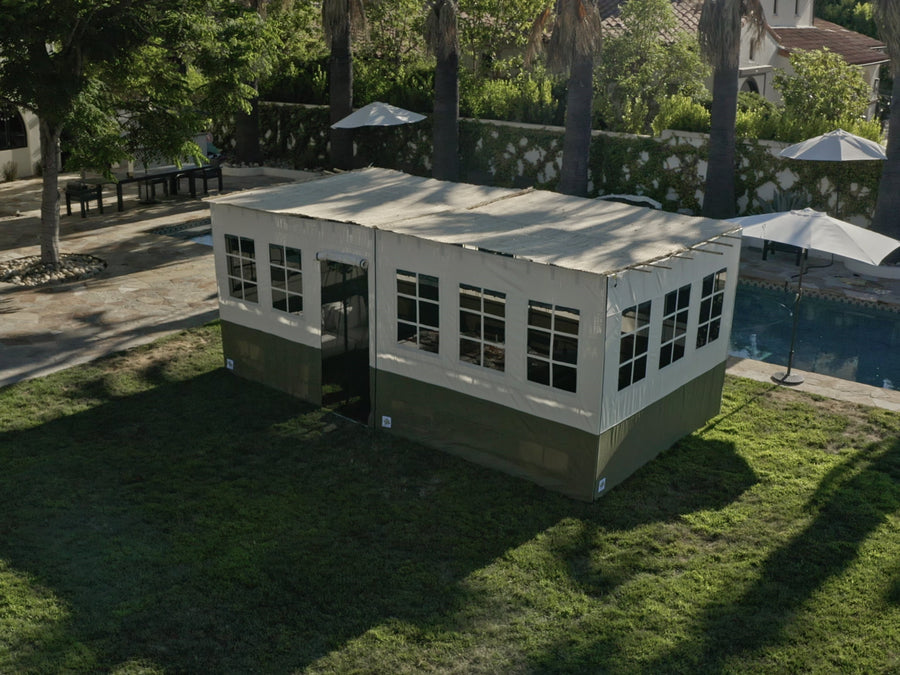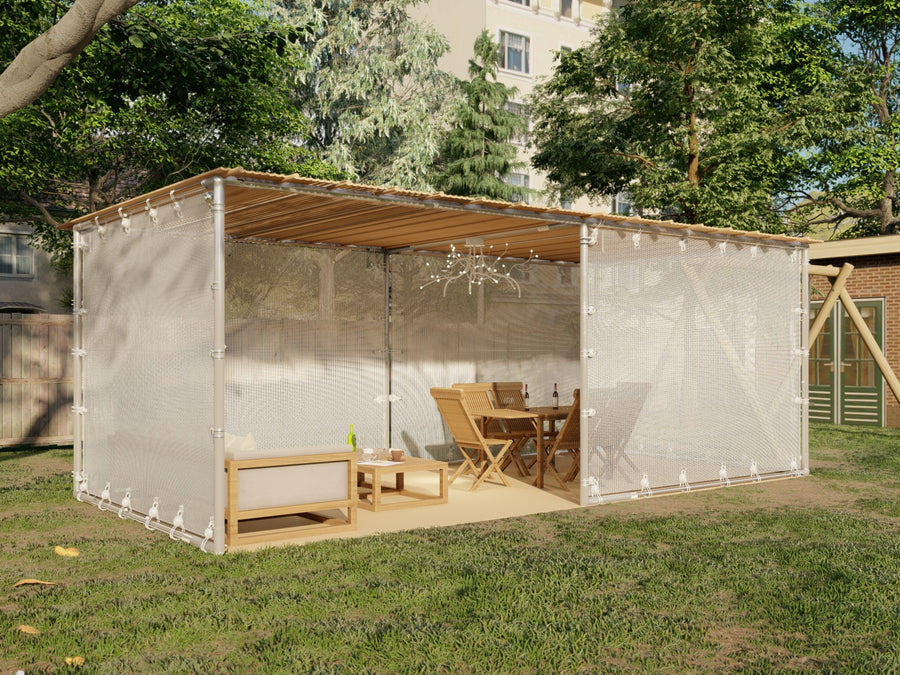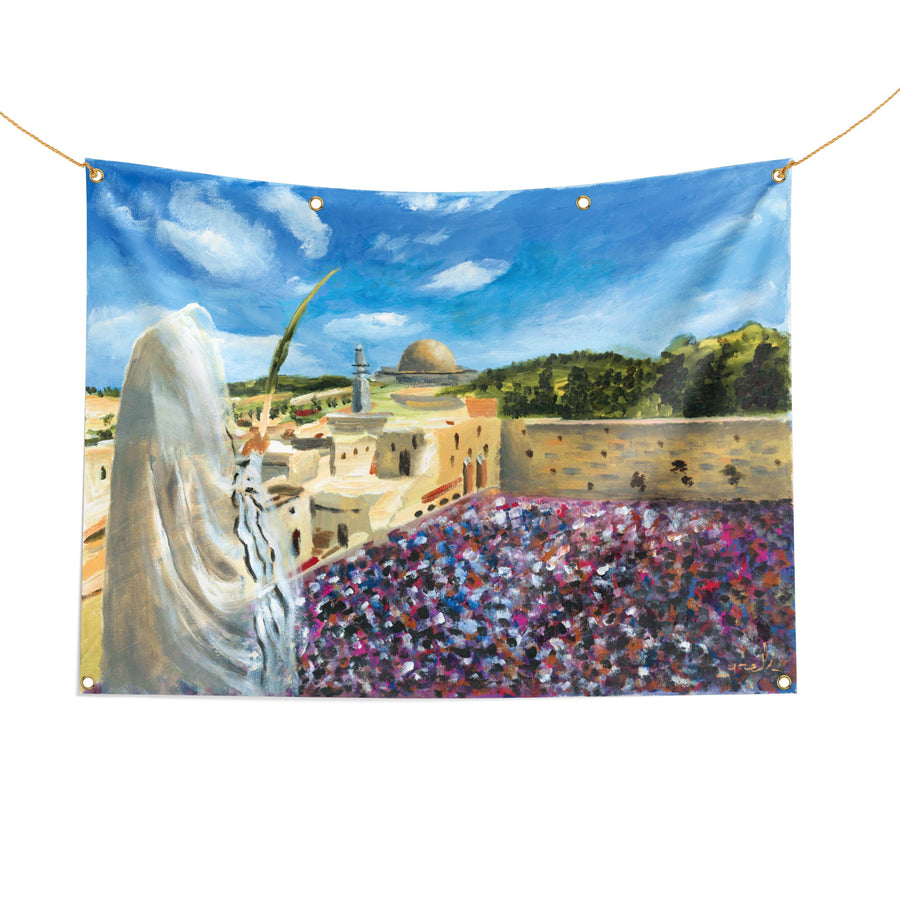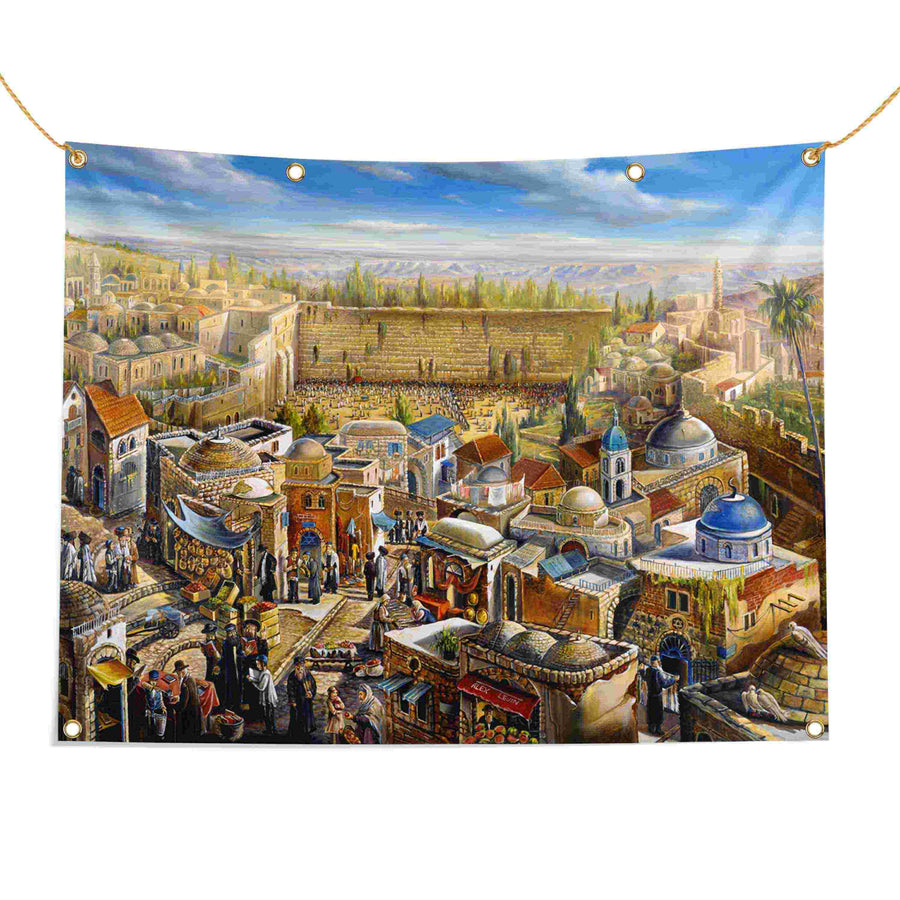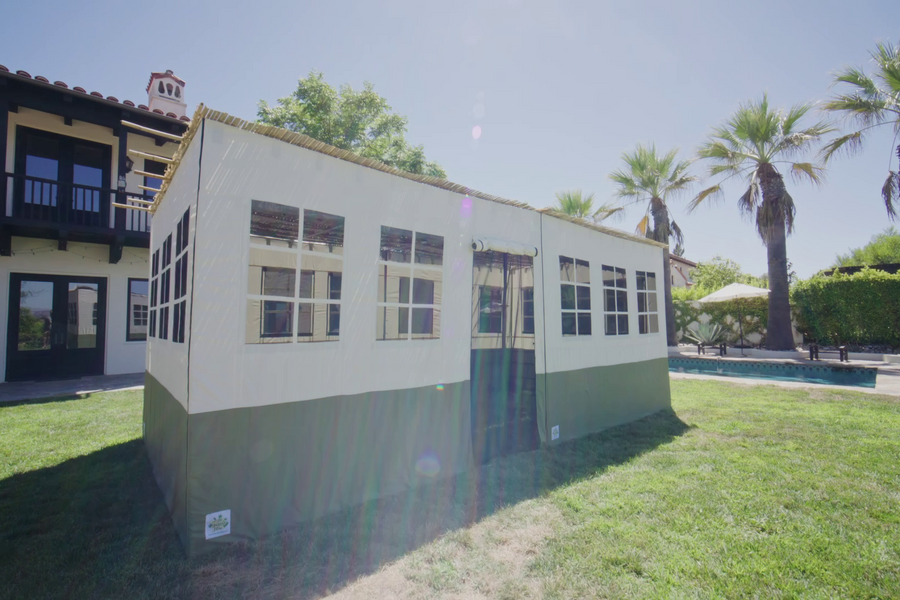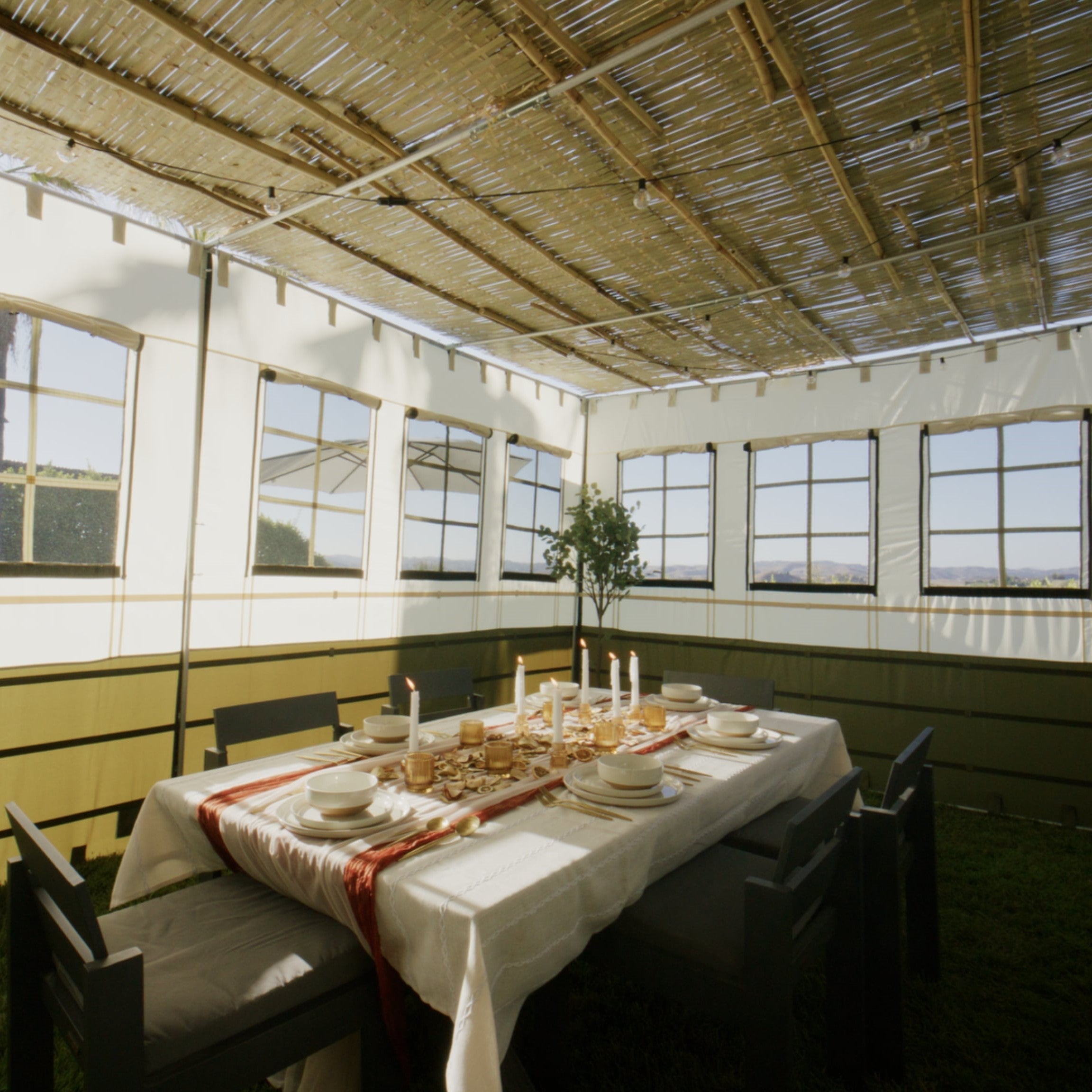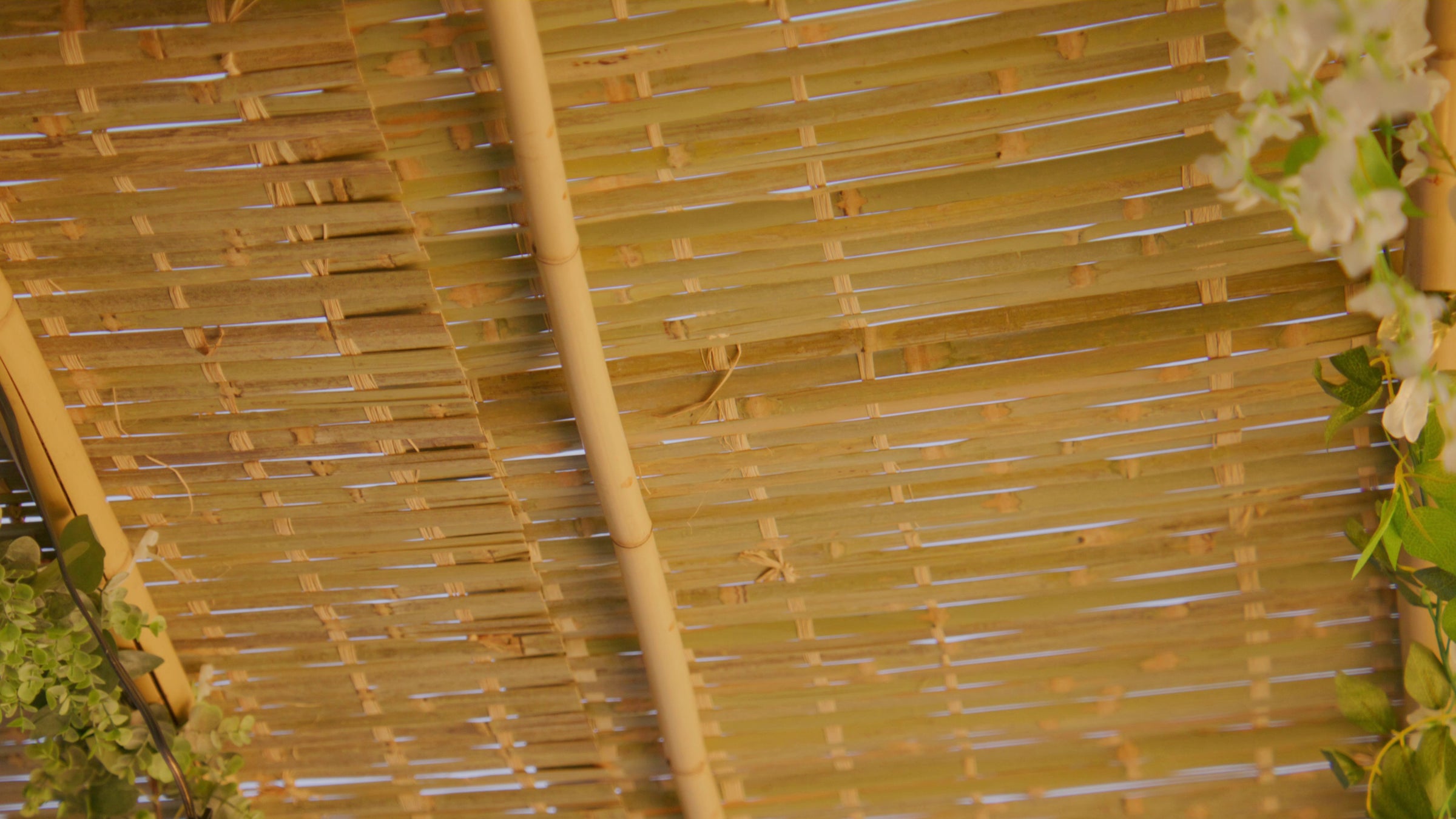

Table of contents
Building a Sukkah each year is an art, a labor of love, and sometimes… a bit of a tree-centric headache . While you’re setting up your walls and meticulously placing your kosher Schach (that’s the kosher, leafy roof covering), there’s one question that can cause endless head-scratching: Do those branches over there count as “overhanging?” …and if they do, is that a big deal?
What’s the Big Deal with Branches Overhanging Your Sukkah Anyway?
In case you’re wondering why the positioning of tree branches matters, here’s why: a kosher Sukkah needs to be open to the sky, with only Schach between you and the starry night sky (more on that in our guide to the halachot (Jewish laws) of seeing the stars though your Schach). But if a tree’s branches are hanging over your Sukkah, they can prevent you from fulfilling the mitzvah by casting unwanted shade and causing halachic (Jewish law) issues.
The idea is for the Schach to provide the shade – not the neighborhood oak tree! So, before you break out the hammer and nails, you need to make sure that those branches stay in their own territory. Here’s a guide to get you there.
1. The “No-Fuss Nightlight” Approach
Instead of guessing if the branches hang over your Sukkah spot, try this: wait until dark, grab a strong flashlight, and set it on a flat surface in the middle of where you plan to build. Aim it upwards and see if any branches catch the light. If they do, then you’ll know exactly which spots are shaded – and whether or not that tree has ideas about being part of your Sukkah décor.
2. “Laser Precision” … Literally!
If you want to get a bit more high-tech, you can try the laser-pointer method. A regular laser pointer (from your local Dollar Store) works just fine at night. Stand it up on the ground where you plan to build and shine it straight up. If the light hits branches, they’re officially “overhanging.” If you want to go extra fancy, find a laser with a flat base that can stand by itself – perfect for checking every corner of your future Sukkah without needing to hold it in place.
3. The Drone Zone
Got a drone lying around? Attach a small, visible string to it, and fly it over your Sukkah area to get an aerial view of any branch interference. A bit unconventional, yes, but if you’re drone-savvy, this method gives a literal bird’s-eye view of exactly where branches hover.
4. “Just Look Up” (But Don’t Fall Over!)
This method might seem a bit old-school, but it’s surprisingly effective. Stand in the area where you plan to build your Sukkah, press your back against one wall, and look up. If you can see branches directly above, they’re likely overhanging. For this one, you might need a second person to check from different angles if the branches are high up.
5. The “Is There Really a Height Limit?” Debate
Here’s a tricky one: what if those branches are really high? Halachically, it doesn’t matter if the branch is 10 feet or 50 feet above; if it’s directly over the Sukkah, it’s considered to be “covering” it. While there’s room for discussion, particularly if the branches are so high that they’re unlikely to provide much shade, the safest bet is still to choose a tree-free area, to guarantee your Sukkah is kosher according to all opinions.
Building a Sukkah means making a space that’s simple, natural, and open to the heavens. Overhanging branches, while beautiful, don’t make for a beautifully kosher Sukkah, so with these tips, you’ll be able to make sure your Sukkah is just right for the holiday – branches safely out of the picture.
Happy building!
